Sunflower oil, derived from the seeds of the sunflower (Helianthus annuus), has played a multifaceted role in the world of soap and cosmetics. Known for its moisturizing and soothing properties, this plant oil has been used for centuries in various beauty products. Whether creating mild and moisturizing soaps or adding a healthy glow to skin care and cosmetic formulations, sunflower oil plays a crucial role in the world of natural and effective skin care and cosmetics. In this article, we dive deeper into the versatile uses and benefits of sunflower oil in soap and cosmetics.
Organic sunflower oil in soap
Sunflower oil has earned a special place in the world of homemade soap. Its mild and moisturizing properties make it a popular choice for soapmakers. The oil helps moisturize and soften the skin, while soap made with sunflower oil balances your skin’s natural oils. The result? Clean, moisturized skin without the dehydration that some commercial soaps can cause.
High oleic sunflower oil in hair products
In hair products such as shampoos and conditioners, sunflower oil plays a crucial role in promoting healthy and shiny hair. This oil not only moisturizes your scalp, but also penetrates deeply into your hair strands. This not only makes your hair look better, but also reduces split ends. Sunflower oil is a boon for those with dry or damaged hair, and it is part of the secret recipe behind a luscious head of hair.
Sunflower oil for your skin
Lotions and body creams are not complete without the light and non-greasy texture of sunflower oil. This oil is quickly absorbed by your skin, making it an ideal choice for daily hydration. Lotion with sunflower oil keeps your skin supple and hydrated, while promoting a healthy glow that keeps you glowing all day.
Cosmetics with organic sunflower oil
In the world of cosmetics, sunflower oil often acts as a carrier oil for products such as facial serums, lip balms and makeup removers. This oil not only provides an excellent base, but also helps active ingredients penetrate deeper into your skin. This allows cosmetic products to work more effectively, giving you radiant skin and groomed lips.
Sunflower oil in everything
Sunflower oil offers benefits for both your skin and hair in soaps, hair products, lotions and cosmetics. Rich in vitamin E and essential fatty acids, it moisturizes your skin, reduces inflammation and soothes irritated areas. For your hair, sunflower oil strengthens strands and preserves shine. In all cosmetic applications, sunflower oil is the silent hero that contributes to radiance and health, whether used in soaps, hair products, lotions or cosmetics.
High Oleic and Low Oleic
The main difference between high oleic and low oleic sunflower oils in cosmetics lies in the content of oleic acid, a monounsaturated fatty acid. This difference affects their properties and applications in cosmetic products:
High oleic sunflower oil in cosmetics
- High Oleic Acid: High oleic sunflower oil has a high content of oleic acid, usually above 80%. This makes it a popular choice in cosmetics because of oleic acid’s benefits to the skin.
- Hydration and Softening: The high content of oleic acid makes high oleic sunflower oil very hydrating and softening for the skin. It helps the skin retain moisture and can reduce dryness.
- Stability and Shelf Life: High oleic sunflower oil has a longer shelf life than some other oils because of its stable composition. This makes it a suitable choice for products with a longer shelf life.
- Mild Texture: The mild and light texture of high oleic sunflower oil makes it suitable for all kinds of cosmetic products, including lotions, creams, serums and lip balms.
- Antioxidant Effect: Although not a powerful antioxidant, high oleic sunflower oil can provide some protection against free radicals and environmental influences.
Low oleic sunflower oil in cosmetics
- Lower Oleic Acid Content: Low oleic sunflower oil has a lower oleic acid content, usually less than 60%. This makes it less rich in monounsaturated fatty acids than high oleic sunflower oil.
- Lighter Texture: Because of its lower oleic acid content, low oleic sunflower oil often has a lighter texture. This can make it suitable for products where a lighter, less greasy formula is desired.
- Faster Absorption: Low oleic sunflower oil is generally absorbed faster through the skin than high oleic sunflower oil. This makes it ideal for products that need to be absorbed quickly.
- Cosmetic Applications: Low oleic sunflower oil is often used in cosmetic products where lightness and rapid absorption are important, such as facial serums, light moisturizers and hair care products.
- Limited Shelf Life: Due to the higher content of polyunsaturated fatty acids, low oleic sunflower oil can oxidize and turn rancid faster, resulting in a shorter shelf life compared to high oleic sunflower oil.
When choosing sunflower oil for cosmetic products, it is important to consider its intended use and desired properties. Both variants have their advantages, but the choice depends on the specific needs of the product and skin.
High oleic sunflower oil in soap
- High Oleic Acid: High oleic sunflower oil has a high content of oleic acid, usually above 80%. This makes it an excellent choice for soap because oleic acid is a stable and mild fatty acid for the skin.
- Mild and Moisturizing Soap: Soap made with high oleic sunflower oil tends to be mild and moisturizing. It thoroughly cleanses the skin without drying it out, which is especially beneficial for those with sensitive or dry skin.
- Stability: The high oleic acid content gives the soap good stability, meaning it is less likely to spoil or oxidize. This results in a longer shelf life of the soap.
- Foam quality: High oleic sunflower oil can produce a creamy and rich lather in soap, providing a pleasant washing experience.
Low oleic sunflower oil in soap
- Lower Oleic Acid Content: Low oleic sunflower oil has a lower oleic acid content, usually less than 60%. This makes it less suitable for soap as a main ingredient because of its lower monounsaturated fatty acid content.
- Lighter Texture: Soap made with low oleic sunflower oil may have a lighter texture and may be suitable for certain specific soap recipes where a lighter formula is desired.
- Faster Oxidation: Low oleic sunflower oil can oxidize and turn rancid faster because of its higher content of polyunsaturated fatty acids. This may result in a shorter shelf life of the soap.
- Possible Combination: Soap makers can combine low oleic sunflower oil with other oils to adjust the soap’s properties. This can help offset the disadvantages of lighter texture and faster oxidation.
Frequently asked questions about Sunflower Oil High Oleic Organic
What is the INCI of Sunflower Oil High Oleic Organic?

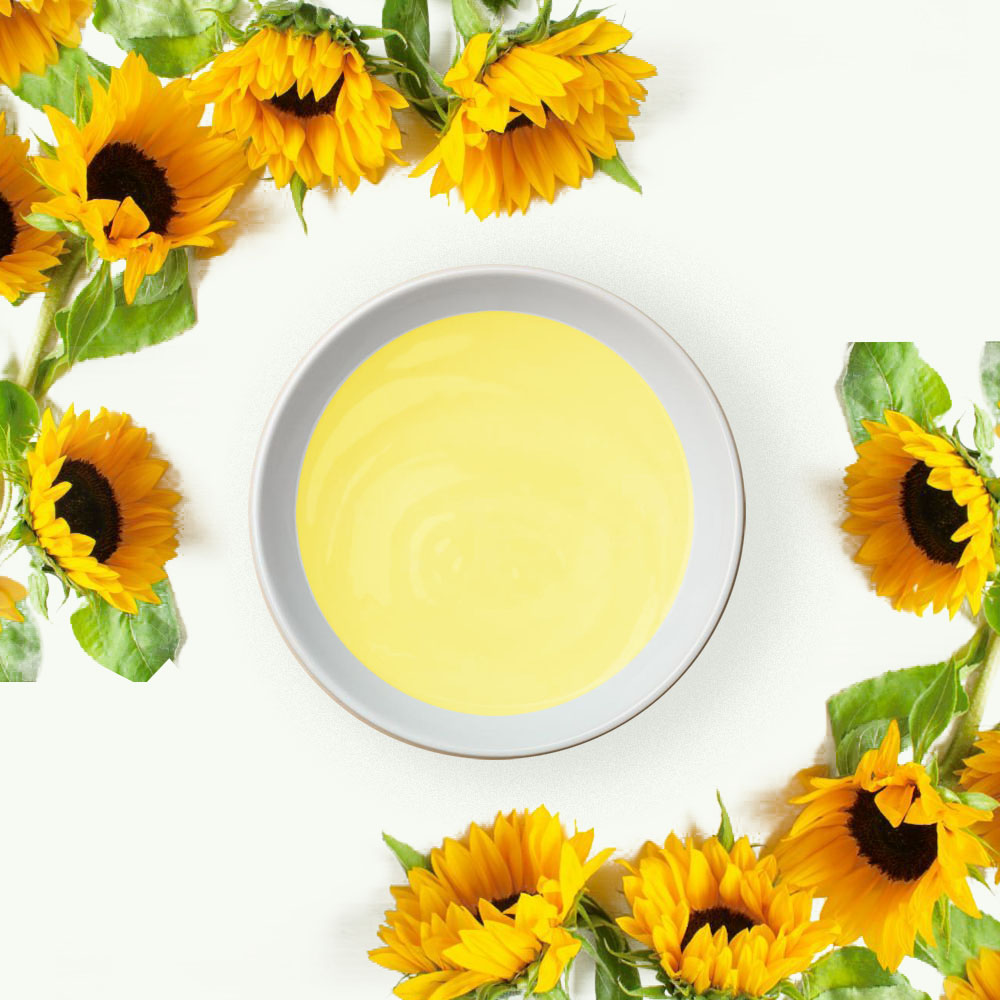
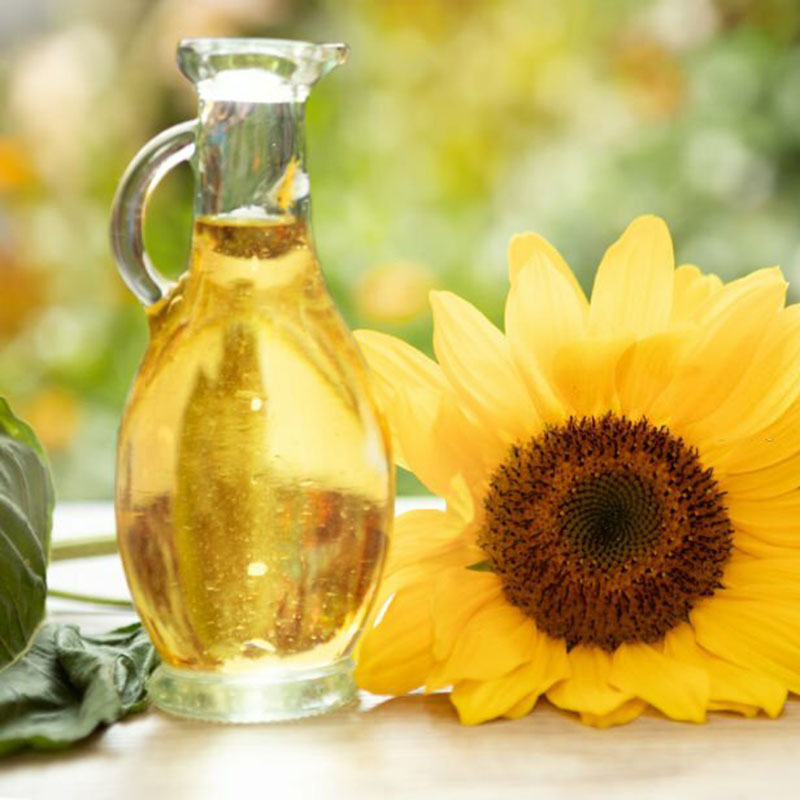
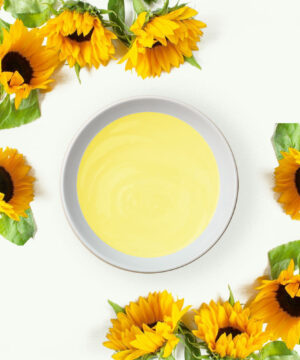
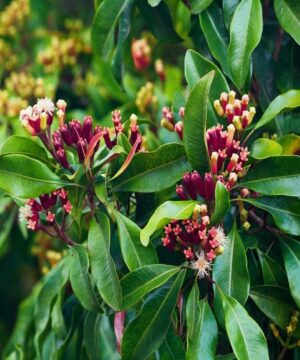
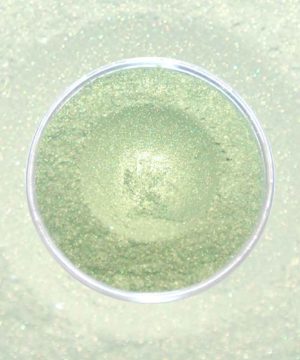
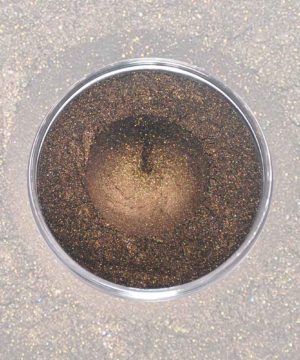
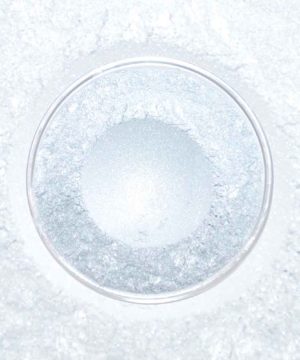
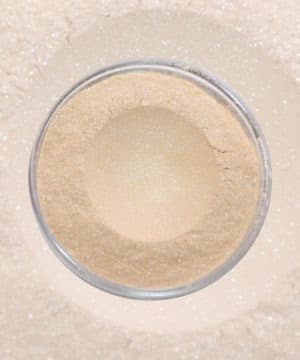
Reviews
There are no reviews yet.